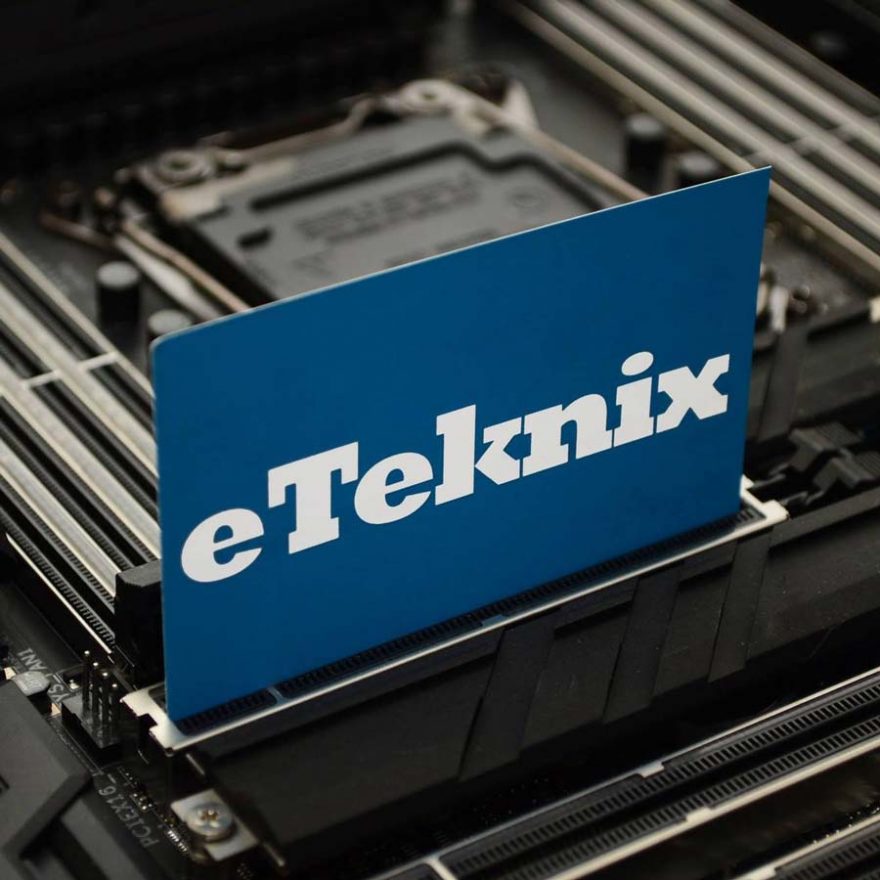TOUGHFAN 14 Pro High Static Pressure PC Cooling Fan Review
Peter Donnell / 1 year ago
How Much Does it Cost?
The Thermaltake 140mm Toughfan 14 Pro High Static Pressure PWM Fan is available now as a single for just £27.98 at Scan Computers, around £3 more than a single Noctua fan. However, if you want the dual pack as I have, they’re much cheaper, at £39.98 for the pair, which would make them £10 cheaper than the closest Noctua equivalent NF-A14 PWM, at least until they make a 14cm version of the AF-A12x25.
Overview
These are very impressive fans, and while I love them, they’re likely a lot higher quality than most of you really need. Not least that they’re also quite expensive, and equipping a fairly fan-heavy PC build could add a lot to your overall build cost very quickly.
However, the old saying “you get what you pay for” really does ring true here. The fans certainly aren’t overpriced, they’re just very high-end and the price reflects that. They’re give or take a few quid the same price as the high-end fan offerings from any of the major brands too, so again, really not that bad if you’re looking for something more premium.
Of course, the word premium doesn’t just mean adding 20+ ARGB LED lights, and if that’s your jam, Thermaltake has fans like that. This is a fan for cooling connoisseurs who want a fan that will last a very long time without falter, without fail, and without maintenance. It’s built to be a workhorse for high-end cooling scenarios and to deliver low noise and low vibration, and it certainly does that.
The practically biblical levels of airflow that they can deliver make them well suited to being case fans, and they can deliver strong static pressure, making them well suited to thicker radiators and coolers too, so really, they’re a jack of all trades.
Should I Buy Them?
If you’re looking for premium build quality, reliability, and performance that likely won’t be beaten for a while, you’ll do not have to look any further. The Thermaltake 140mm Toughfan 14 Pro is a masterclass in quality and further proof that something doesn’t need RGB to be considered high-end.




















